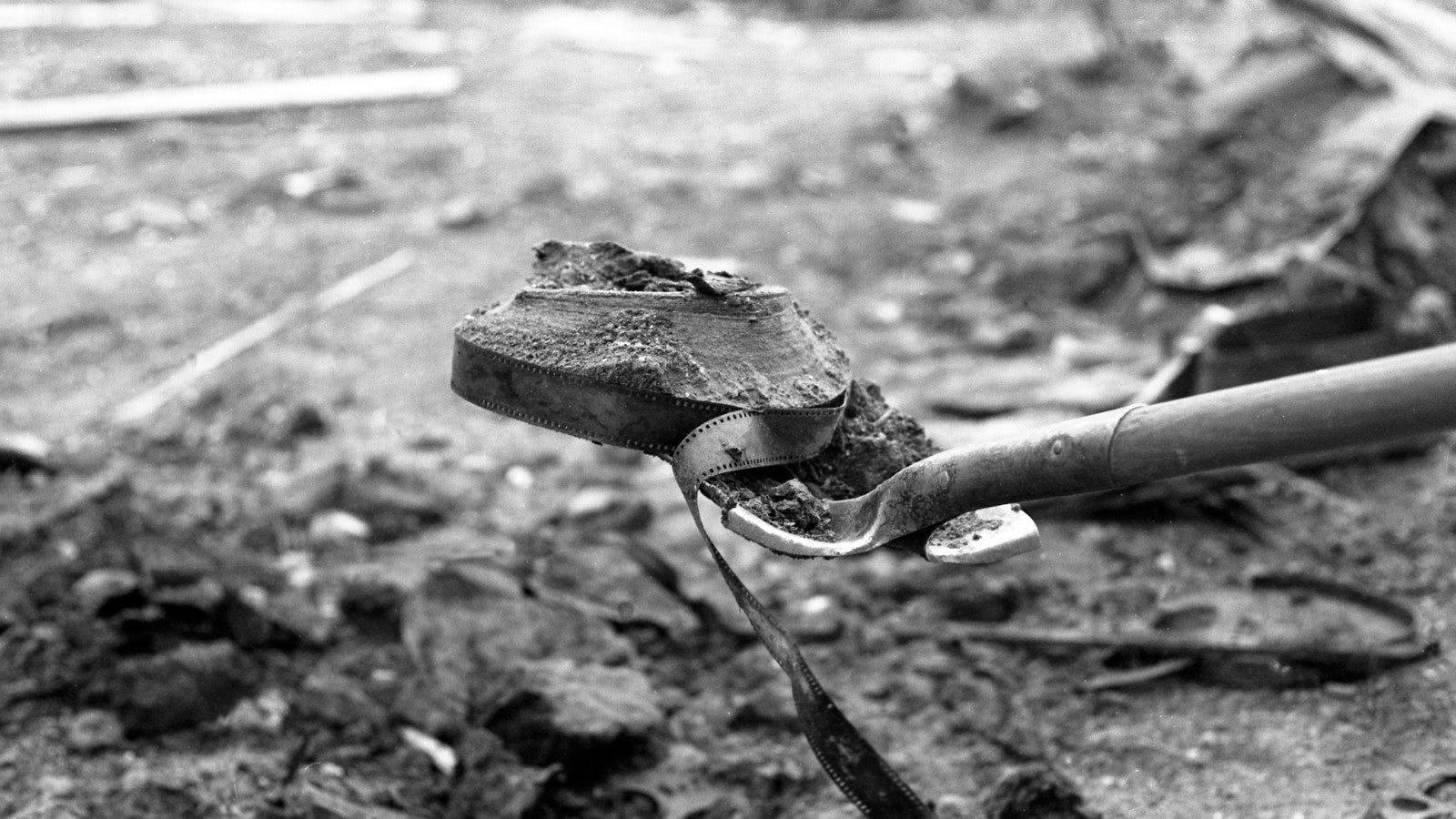
In recent years, cultural memory studies have increasingly shifted its focus towards media technologies, discourses, forms and practices. According to this approach, as so many scholars claim (A. Erll, A. Hoskins, J. Garde-Hanse, J. van Dijck, and so on), memory is always mediated. In other words, cultural memory cannot be accessed outside its mediatisations. On the one hand, memory has been perceived as not fixed or stable phenomenon; on the other hand, theories of memory are applied to media by observing the multiple connections between mediated memories of events, media images of the past and uses of media for memory practices. Moreover, a transcultural perspective has been adopted in order to explain the changeability of memory across time and space.
30/04/2019 ore 17 - Aula A, Via dei Volsci 122
By analysing some case studies, the presentation will be specifically focused on the relationships and tensions between memory practices and visually based cultural phenomena. While the audio-visual language appears today as one of the principal modelling systems operating at the transcultural level, it is worth noting that contemporary testimonial apparatus is facilitating a new regime of historicity based on a ‘presentist present’, which aims at immediately historicizing very recent facts. In this sense, by bearing witness to the immediacy of a traumatic event or an existence, many current audio-visual products can be literally perceived as traces of the present'.